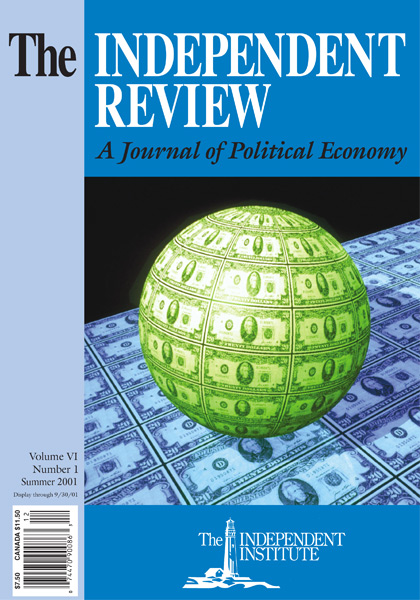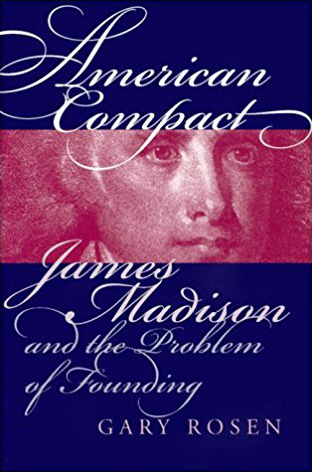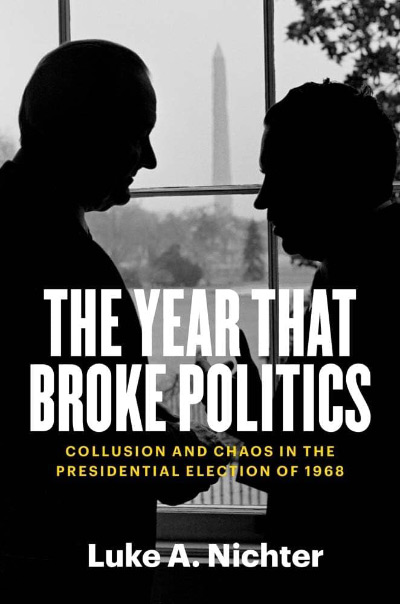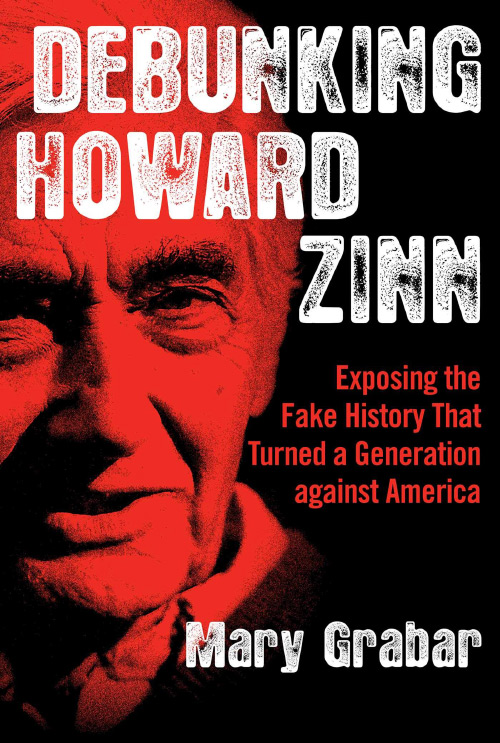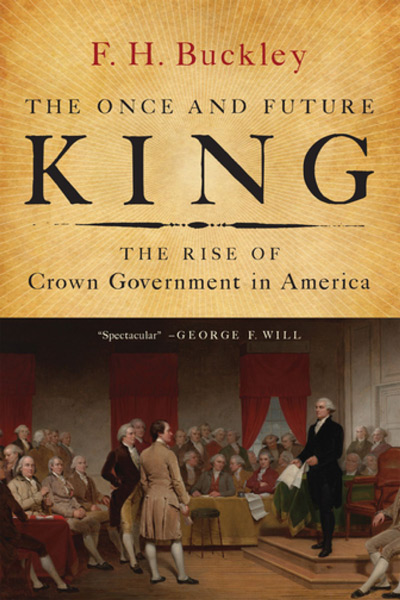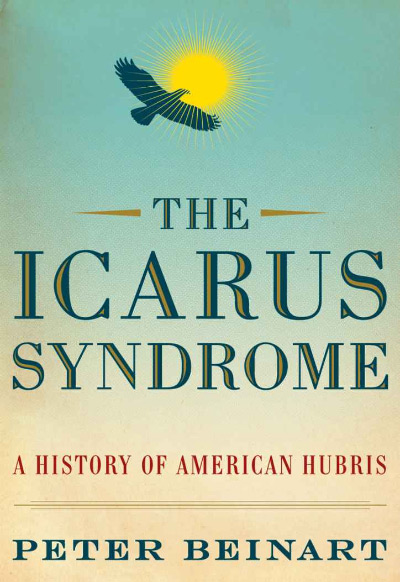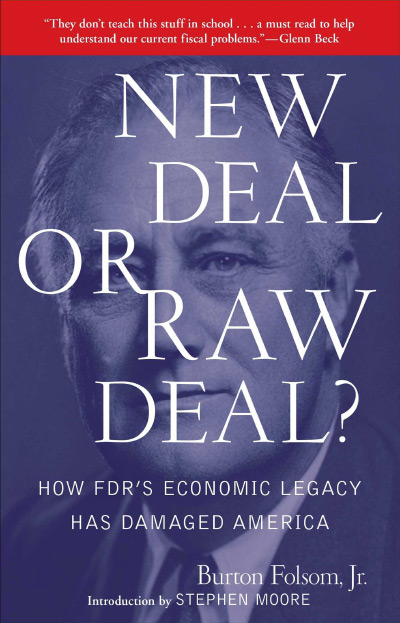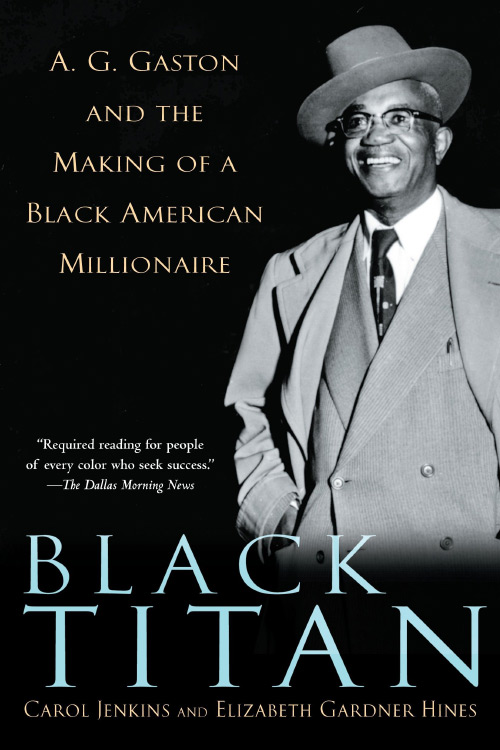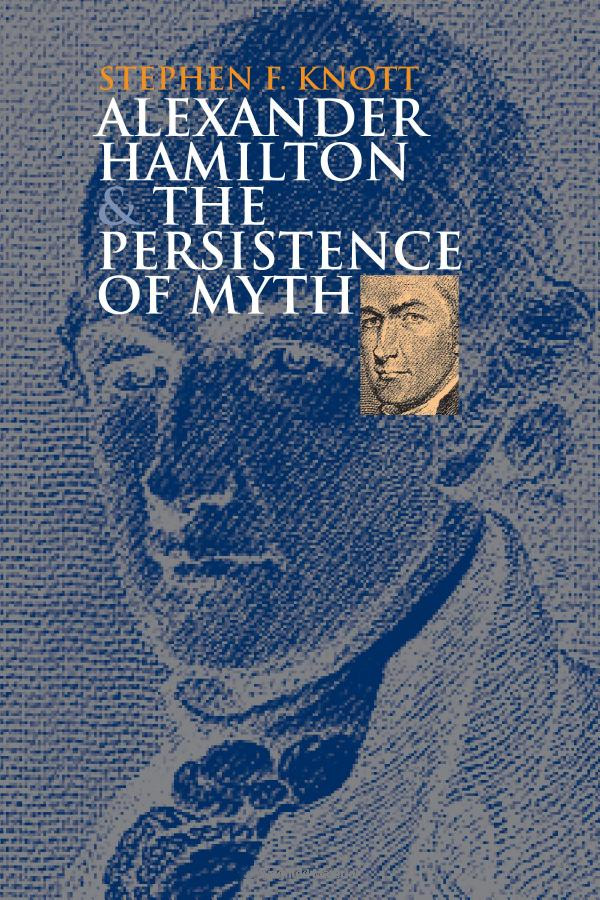Gary Rosen’s American Compact is part of a trend in the history of political thought that attempts to find a theoretically consistent founding where others have seen conflict and contradiction. The Founders, according to this latter view, were a people of paradox, and that observation has been extended to each of the major players in the founding drama. The initial object of these interpretations was to contest the simplistic Lockean and republican arguments that provided too formulaic a picture of the American past. To find contradiction and tension was to uncover complexity and a closer approximation of historical reality. The movement also tapped into the impetus behind a current legal vogue that denies any form of original understanding for interpreting constitutional provisions. If the Founders themselves were confused about what they meant, how can we possibly make sense of the Constitution? Rather than look for a new synthesis, many have resigned themselves to a “multiplicity” of languages, and consistency, we are now told, is the hobgoblin of the modern mind.
But there is something too easy about finding contradiction everywhere. It may well be that the “complexity school” is in danger of itself becoming too formulaic—too sweeping in its application—and of overlooking moments when consistency and agreement actually did prevail. Thus, we have numerous new biographical studies that find considerable consistency and continuity of thought. David N. Mayer’s The Constitutional Thought of Thomas Jefferson (Charlottesville, Va.: University Press of Virginia, 1994), C. Bradley Thompson’s John Adams and the Spirit of Liberty (Lawrence, Kan.: University Press of Kansas, 1998), and Karl-Friedrich Walling’s Republican Empire: Alexander Hamilton on War and Free Government (Lawrence, Kan.: University Press of Kansas, 1999) are all cases in point. Rosen joins these historians and others in an effort to restore a sense of coherence to the revolutionary and founding moments by trying to recover the basic intellectual underpinnings of the thought of James Madison. What this effort tries to achieve is a clearer sense of the spirit and meaning of the American constitutional order. What it promises is to reaffirm the possibility of the rule of law. With these points, I have a great deal of sympathy, but a scholar can go about unearthing historical thought and deciphering its meaning in many ways, some more effective than others. Rosen presents one point of view, which puts in practice a fairly pure version of what is generally called the “Straussian” interpretive approach. As a historian, I have some strong reservations about his method. Nonetheless, Rosen has made some significant contributions in this monograph.
Rosen correctly notes that scholars have usually ignored Madison’s actions as president. They tend to stop with his service in the first federal Congress, as if only his transition from nationalist Publius to state’s rights Republican needed to be explained. Rosen’s work seeks to fill an important gap in the literature. A nice example is his treatment of the Bank of the United States.
Madison opposed the first bank when Hamilton proposed its incorporation in 1791, but in 1815 he apparently changed his mind. Why? Rosen offers a convincing discussion of Madison’s understanding of the relationship between long-established precedent and a strict reading of the Constitution. Madison wanted to preserve constitutional legitimacy even in the face of a governing majority determined to have its way. When that governing majority was determined to get a national bank despite the absence of any delegated authority to grant articles of incorporation, it threatened to eviscerate all other constitutional restraints on its will. As Rosen argues, Madison’s only alternative was to allow the transgression, but he made that allowance as restrictive as possible.
They would have to recognize their own subordination as the governing majority to the sovereign majority that had given the Constitution its legitimacy. Failing this, the best that could be done, Madison knew, was to limit the damage done by these “errors.” They would have to be constitutionalized—that is, they would have to be accepted and understood in such a way as to prevent the people from concluding that their own will was the only measure of constitutional propriety. (p. 171)
The bank would become legitimate by virtue of its having been continually recognized over a long period of time rather than by political expediency and the momentary whim of the governing majority.
Rosen also notes the limitations of Madison’s view: it succeeds only so long as the voting majority does not make too many such exceptions to the rules of the Constitution. Once such excesses have occurred, the exceptions no longer restrain, but actually become the rule of interpretation. He correctly notes that “The distance between a sovereign majority [the majority that ratified the Constitution and its amendments] and its lesser governing reflection [the voting public] has disappeared to a great extent, and the written Constitution seems only a distant relation of its ‘living’ cousin” (p. 177). How Rosen reaches these conclusions is problematic, though.
Like Strauss, Rosen credits both Hobbes and Locke with helping to formulate and promote the modern liberal notion of the origins of government. It is the narrative of a few great men. Rosen’s twist of that thesis is to note that those philosophers did not think very much about the problem of founding a political order—about creating the basic constitutional framework for government. For such thought, Madison turned back to the ancients and to Aristotle, in whom he discovered the sort of virtues necessary for a founder—virtues that Rosen finds informative of Madison’s solutions to the peculiar challenges confronting the American founding.
Constitution making requires people who are capable of conceiving of a general good beyond their own interests—people capable of clear and deep reflection. Such individuals, Madison knew, are rare. He also understood that in America an oligarchy was simply out of the question. Only the people in general would be able to give government its legitimacy, yet the passions of the people did not lend themselves to cool deliberation. To make matters worse, the enlightened few were themselves apt to distrust the masses and to seek refuge in oligarchy. By the mid-1780s, Madison was poised between the two camps, surveying with dread the prospect of anarchy. Somehow he had to unite the sagacity of the few with the legitimacy that only the many could bestow. His answer was constitutional conventions, both the federal convention and the state ratifying conventions.
Conventions gave the enlightened few an opportunity to prove their virtue and talent in the service of the many, while they crafted provisions that ensured the equal protection of all. As elected representatives, they had the legitimacy of the people, but constituting the leadership of the states, they possessed the wisdom necessary to the task of founding. By affirming the actions of another equally capable but unelected body of national leaders, the state conventions gave legitimacy to the federal Constitution. But the challenge was far from over once the Constitution had been put in place.
The people needed to acquire a constitutional habit—a proper obeisance to what they had put in place, and at this juncture Madison’s own virtuous statesmanship, according to Rosen, was crucial. The sagacious Madison is said to have tacked between the extreme populism of Jefferson and the elitism of Hamilton to produce that important moderation essential to tempering the excesses of both the few and the many. Thus, we come to understand why Madison resisted the bank when it was the few who demanded it, but reluctantly and with strong qualifications approved it when the many desired it. Thus, we get Madison the lawgiver. He recognized the problems of founding. He saw the need for certain virtues. He understood the important role of conventions and took a leading role in the Philadelphia and Virginia debates. And it was he who took the central place in tutoring the new republic in proper constitutional practice. All this is a lot to ask of one man—also a lot to ask of the reader.
Because Rosen relies almost entirely on Madison’s own accounts, we get little sense of the historical context in which Madison was operating. Rather, we get a very streamlined theoretical account of Hobbes, Locke, and Aristotle, and caricatures of Jefferson and Hamilton. The effect is to produce a truncated picture of Madison’s intellectual world. Consider, for example, Rosen’s treatment of the controversy over religious toleration in Virginia.
Because Madison set out to defend Article XVI of the Virginia Bill of Rights in his famous “Memorial and Remonstrance,” Rosen believes that Madison was compelled by the force of logic to obscure the role that necessity plays in driving men out of the state of nature into the arms of government. Madison needed instead to present a less desperate, more orderly picture of the human condition prior to government. Otherwise, government’s role in the preservation of civil society would draw into question any assertion of a right as existing outside the exercise of political power, and that assertion is exactly what Article XVI is all about. It reads that “religion, or the duty which we owe to our Creator, and the manner of discharging it, can be directed only by reason and conviction, not by force or violence.” Thus, Rosen argues, Madison had to “play down the basis of his politics” (i.e., Hobbes and Locke). “If religious liberty,” he writes, “were seen to depend on political liberty rather than precede it, its standing would become more precarious.” What we then get is Rosen’s interpretation of a “not entirely candid” (p. 20) Madison. Later in the book, Rosen presents this assumption of a rudimentary order to the prepolitical stage as “an idiosyncratic view” (p. 73). But how, a historian would ask, can he know that it was an idiosyncratic view without establishing the context in which Madison was operating? In fact, a little historical research would have revealed otherwise.
In 1964, Yeoshua Arieli produced an important book, Individualism and Nationalism in American Ideology, which was subsequently much neglected. In that work, Arieli warned scholars to be careful in their assumptions about the meaning of the words society and government in the early republic; the terms should not be confused. Early Americans, he argued, made a fundamental distinction between state and society. At times, Rosen seems to come close to recognizing this distinction as something more than just window dressing. He observes, for example, that Madison’s “primary qualification for citizenship was membership in civil society rather than political participation” (p. 28) and that the American social compact had a “low opinion of political activity, a view that sets it apart from premodern thought” (p. 29). He correctly sees that Madison recognized a basic order in American civil society that did not dissolve with the dissolution of imperial government, but formed a sort of foundation or springboard from which a proper government might be created, one that provided effective protection of basic liberties. It was in this way that Madison understood the federal Constitutional Convention. It was a sort of prepolitical form of association, much like any other in civil society, but one with a very special purpose: to produce a plan of government of “a more complex and effective form” (p. 34). Here, Rosen lets pass a wonderful opportunity both to clarify and to strengthen his interpretation.
Rosen compares Paine’s simple form of government described briefly in Common Sense (1775) to Madison’s more complex republican form. Paine supposedly differs profoundly from Madison because Paine saw government as merely “convenient” rather than as a “consummation” (p. 35). But a fuller reading of Paine would reveal a broad basis of agreement in American thought—one that unites Paine and Madison.
In the opening sentences of Common Sense, the pamphleteer zeroed in on that vital distinction between government and society, observing that they were “not only different, but have different origins.” Human social order originated in man’s natural capacities, wants, and affections. Extend this vision a bit further to include all of the ways in which Americans thought about order in society—from custom and the development of the common law to moral-sense theory and political economy, from natural rights and “Nature and Nature’s God” to a “Divine Providence”—and one finds a very robust sense of the nonpolitical nature of the American conception of society. From this perspective, one draws a clear image of the instrumental and very limited nature of government. Paine had more optimism than Madison about the ability of popular legislatures to restrain themselves in the use of power, but both Paine and Madison shared a basic faith in the ordering capacities of human beings in the voluntary realm that is society. That faith formed the bedrock of general agreement on which the American constitutional tradition was established.
Rosen has made some useful suggestions for approaching Madison’s constitutional thought, but he has not adequately developed them, primarily because of his inattention to history. To fill this gap, I would recommend Arieli’s work and Lance Banning’s excellent historical study, The Sacred Fire of Liberty: James Madison and the Founding of the Federal Republic (Ithaca, N.Y.: Cornell University Press, 1995). Banning also finds a very consistent Madison, but one who grows intellectually over time and learns from his experiences. Which brings us to the question, why should we care about finding a consistent Madison?
Madison played an important role both in the development of our Constitution and in later interpretations of it. To find a Madison that is not hopelessly contradictory, but largely consistent, is to go a long way toward establishing a coherent understanding of the American constitutional tradition. But the statements of one man are not to be confused with the entirety of that tradition, and if that man, as Rosen seems to say, is less than candid about his beliefs regarding the nature of rights and about the political and social order, then the entire legitimacy of the constitutional structure is put into question. Establishing the historical context, however, gives ample reason to hope that Madison was not being “idiosyncratic” when he framed his views in “Memorial and Remonstrance” and that the founding was not essentially a Hobbesian enterprise to which Madison added the ingredient of ancient Aristotelian virtue.
History is messy, but this reality should not deter us from taking up the challenge. Rosen’s approach makes the past a bit too tidy by suggesting that we need concern ourselves only with Madison. Even Madison shunned such a reading. It is instructive to see how Rosen deals with this issue.
Madison believed that a full sense of the meaning of the Constitution required an understanding of the intentions of those who ratified the Constitution in the state conventions. Rosen notes this fact, but then quickly dispenses with it: “Evidently,” he writes, “exhaustive historical research was not what he had in mind when he suggested that the true meaning of the Constitution was to be found in the ratifying conventions” (p. 164). Although Madison may not have found it so difficult to determine the intentions of the state conventions, Rosen should not assume that the same applies to us. Madison and his contemporaries knew firsthand the context in which they operated and out of which they drew their arguments. Since his time, the meanings and emphases that we place on words have changed. Today we ask government to do for us far more than anyone could have dreamed possible one or two centuries ago. Similarly, it is difficult for us to comprehend the limited nature of government in the past. It is all too easy to slip into the mistake about which Paine warned us: confounding government with society. Consequently, we need to be sensitive to context to be sure that we accurately understand the meanings of the words and concepts employed during the ratification debates. We will have to be historical, and although that task will not always be an easy one, its reward will be a far more firmly established sense of what past Americans thought about their constitutional regime. Having gained that understanding, we can give their voices the clarity they deserve in present debates about the nature of our constitutional republic.
| Other Independent Review articles by Hans Eicholz | |
| Winter 2008/09 | Pufendorf, Grotius, and Locke: Who Is the Real Father of America’s Founding Political Ideas? |
| Summer 2003 | Alexander Hamilton and the Persistence of Myth |

